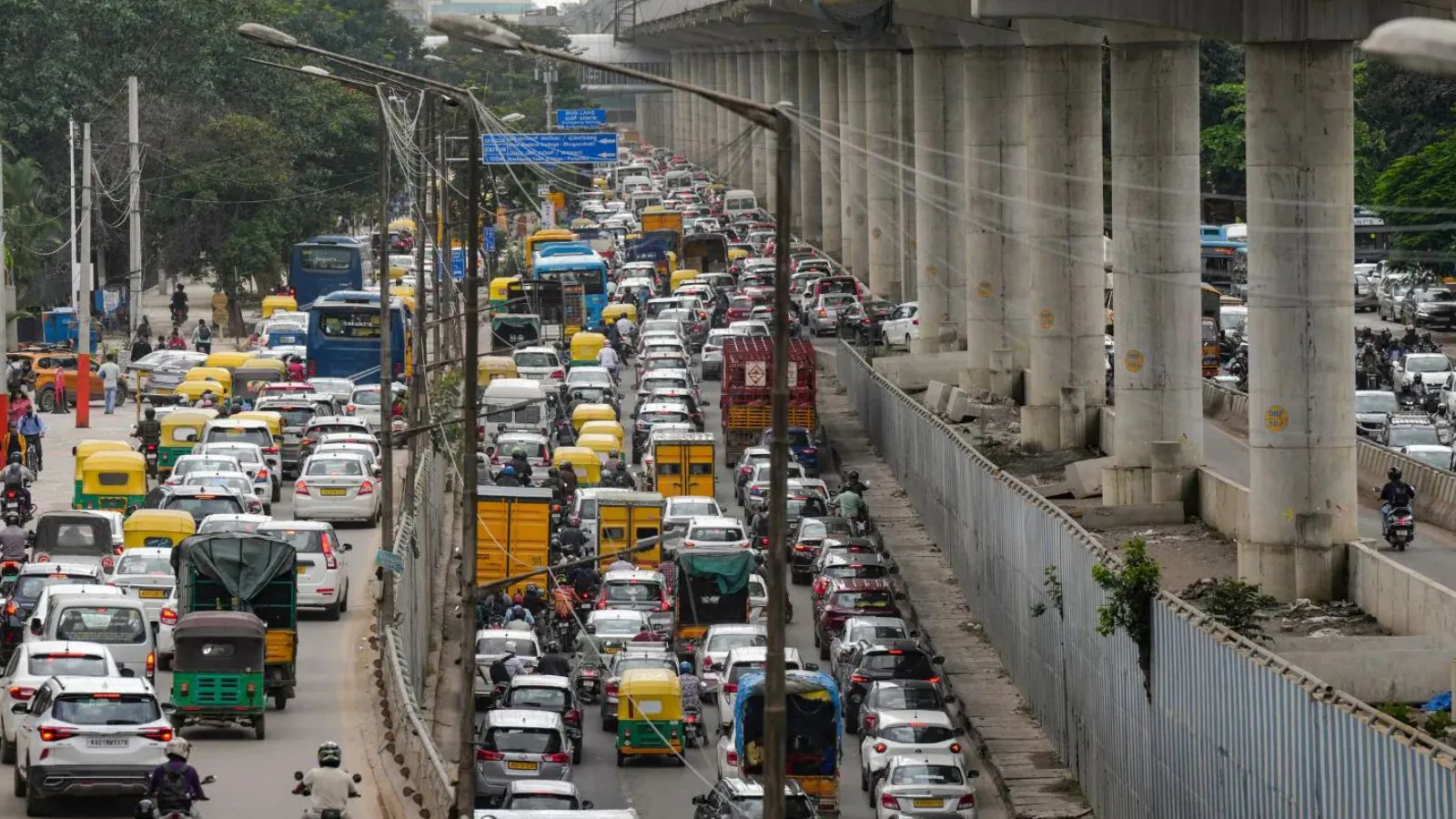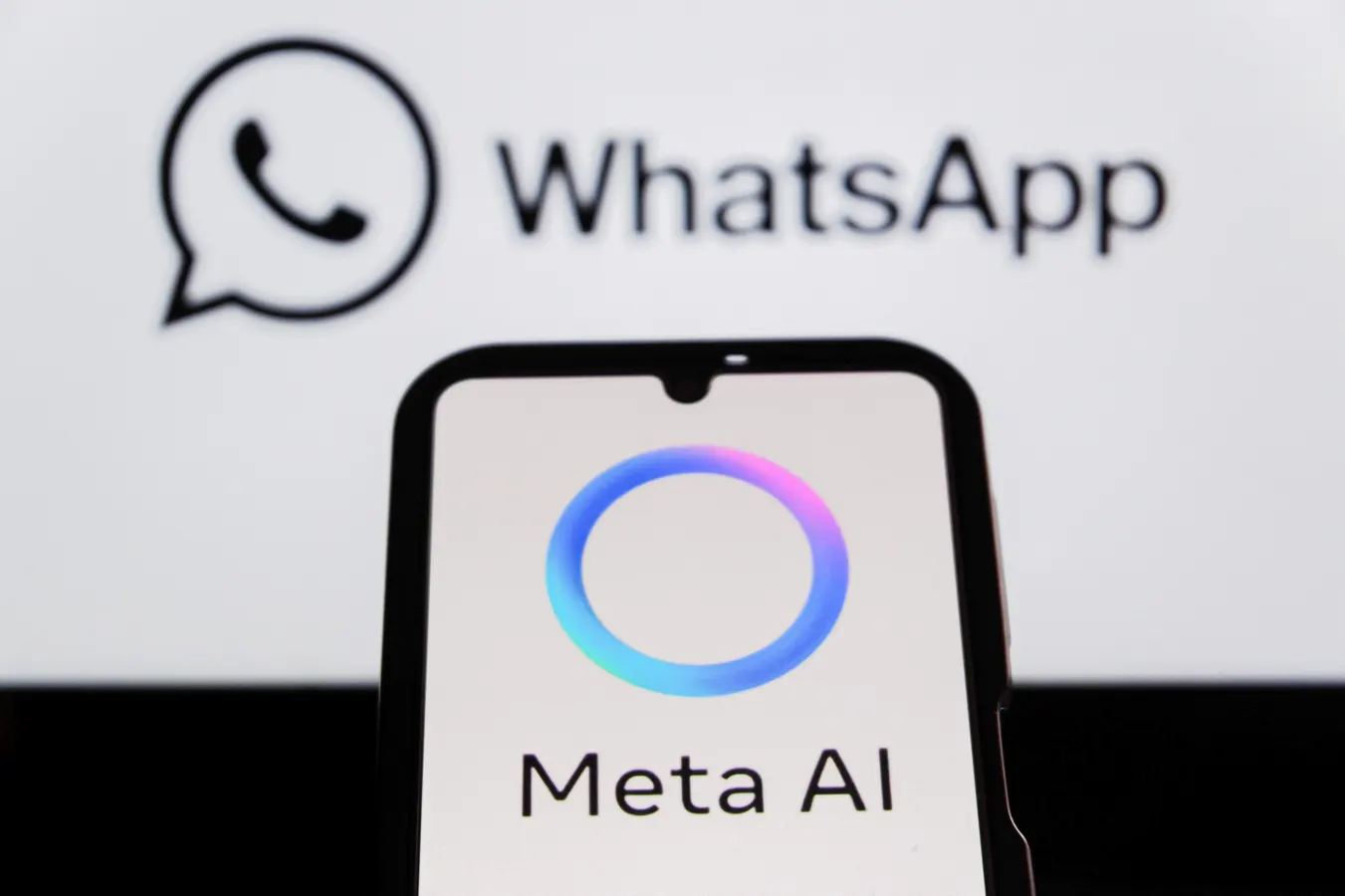Copyright news18

After nearly two decades of delays, Bengaluru’s long-stalled Peripheral Ring Road (PRR) project — now rebranded as the Bengaluru Business Corridor (BBC) — is finally set to take off. Work is expected to begin by March 2026 and be completed within 24 months. LK Atheeq, chairman of Bengaluru Business Corridor Ltd, told News18 that contractors have been given a strict two-year deadline to finish the first phase. The total stretch will cover 117 kilometres, with 73 kilometres to be taken up in Phase 1 and the remaining 44 kilometres under Phase 2. The eight-lane corridor is being positioned as a major traffic decongestion route and an economic lifeline for the city’s outer zones. “We’re calling it a business corridor because the idea is not just to build a road, but to ensure planned development along its length,” Atheeq said. “If we simply construct the road without structured planning, it will end up like the Outer Ring Road — choked with unregulated growth.” The BBC will connect Tumakuru Road to Hosur Road, linking BIEC, Ballari Road, Old Madras Road, and Electronics City, creating a single growth loop around Bengaluru. Major junctions are planned at Doddaballapur Road near Rajanukunte, Airport Road after Yelahanka, Sarjapur Road, Old Madras Road, Magadi Road, and Mysuru Road. A 5-metre median has been reserved for a future Metro corridor, connecting it with the existing Purple, Green, and Yellow lines, and the upcoming Blue, Pink, and Red lines of the metro service. Service roads on either side will include cycling lanes, pedestrian walkways, and underground utility ducts for last-mile connectivity. “Our aspiration is to make it the best road in the country — a truly modern corridor in every sense,” Atheeq said. The corridor will integrate with NICE Road at both ends — at BIEC and Electronics City — completing a continuous ring around the city. “Once our PRR joins the NICE Road, the entire stretch becomes one complete ring road. Forty-two kilometres of NICE Road will connect with our 73 kilometres of the Peripheral ring road or PRR,” Atheeq explained. New Compensation Model for Landowners The project requires 2,418 acres spread across 2,584 survey numbers, affecting nearly 5,000 families. About 70 per cent of landowners are losing only part of their land, with the rest expected to gain value once the corridor is developed. Following protests from farmers’ organisations over compensation, the government has introduced multiple options — a first for any state project. “We have restructured the entire compensation mechanism. Farmers can choose from five different options. Those opting for cash will get twice the guidance value in urban areas and three times in rural areas, in line with the 2013 Land Acquisition Act,” Atheeq said. The other options include giving them land, or farmers will also have the option of Transferable Development Rights (TDRs), which will be issued at urban land guidance values, significantly higher than agricultural rates. “Written award notices with detailed calculations will be shared soon,” Atheeq said. Some farmer groups, however, continue to demand compensation based on market value rather than guidance value. The government is working on convincing them. Revival After Two Decades First conceived in 2005–06 during the SM Krishna government, the PRR project remained stuck in litigation and financial delays for nearly 20 years. “How will they earn from it? Through tolls.” The government has approved borrowing from HUDCO, which has sanctioned a Rs 27,000 crore loan at 9 per cent interest. But toll revenue alone will never recover Rs 27,000 crore that has been allocated for the project — you can’t break even, not even in 100 years,” Atheeq said, explaining why the project needed a new financial structure. To ensure viability, the government created a Special Purpose Vehicle (SPV) for land acquisition and implementation. The SPV, initially called BRR Corporation Ltd, was later renamed Bengaluru Business Corridor Ltd to reflect its expanded vision of fostering business growth along the route. “We’ve reactivated the whole project after a delay of two decades. It had gone through multiple court cases, even reaching the Supreme Court, but fortunately it was upheld as an infrastructure project,” Atheeq said. Repaying the loan How does the state government plan to repay this loan? “At 9 per cent interest, it’s a very heavy loan,” the Chairman of BBC said. “The sanctioned limit is Rs 27,000 crore, but we’re not obliged to borrow the entire amount. We’ll pay interest only on what is drawn, and our first effort is to reduce the loan we actually utilise.” To minimise the cash outflow, the government plans to offer farmers a share in the developed land instead of paying full compensation in cash. The construction cost will be recovered through toll revenue. The BBC expects toll revenues to start at around Rs 250–300 crore annually in the initial years and eventually rise to Rs 700–750 crore annually. BJP MP Tejasvi Surya has also assured the state government that the party fully supports the Peripheral Ring Road (PRR) project, describing it as vital for Bengaluru’s long-term mobility needs. Deputy Chief Minister DK Shivakumar urged all political parties to set aside their differences and work together on key infrastructure projects aimed at easing the city’s traffic crisis.



